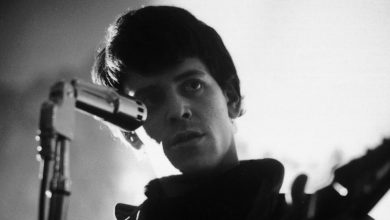Dozens of Artists, 3 Critics: Who’s Afraid of the Whitney Biennial 2024?

The Whitney Biennial, New York’s most prominent showcase of new American (or American-ish) art, thrives on argument: in print, in comment threads, in barrooms and sometimes in the galleries themselves. Its 81st edition opens Thursday to museum members and to the public on March 20, and it introduces a “dissonant chorus” — in the phrase of Ligia Lewis, a participating artist and choreographer — of young talents and veteran practitioners. We sent a dissonant chorus of our own to the Whitney Museum of American Art: three critics, each writing separately, on the highs and lows of the exhibition everyone will have an opinion about.
Jason Farago | Travis Diehl | Martha Schwendener
Jason Farago
The Beauty and the Cynicism
What can the Whitney Biennial be, now, so late after the end of modernism? Is it a grand intellectual battle, or just an insiders’ chinwag? A polemic, or a party? A get-’em-while-they’re-young (or while-they’re-old-but-underpriced) market showcase, the cultural equivalent of the N.B.A. draft? An atavistic society ritual, a debutante’s ball for the M.F.A. debtset?
Choose your own metaphor, but one thing it cannot be is a summation of where art stands in the United States in 2024. When the larger culture is rudderless, and an avant-garde will not come again, the best you can offer — or so this year’s curators, Chrissie Iles and Meg Onli, seem to say — is a cross-section with a point of view. Their biennial is small, with just 44 artists and collectives across four floors of the museum and its outdoor spaces; another two dozen will screen films in the Whitney’s theater and, for the first time, on its website.Indeed,the show is small in other ways: resolutely low-risk, visually polite, and never letting the wrong image get in the way of the right position.

Installation of Diane Severin Nguyen’s film “In Her Time (Iris’s Version),” 2023-24, about a young actress struggling with her role in a (fictional) movie about the Nanjing Massacre. Jason Farago calls it “a vibrant case study” of the hazards of projecting the present onto the past. Credit…Charlie Rubin for The New York Times





